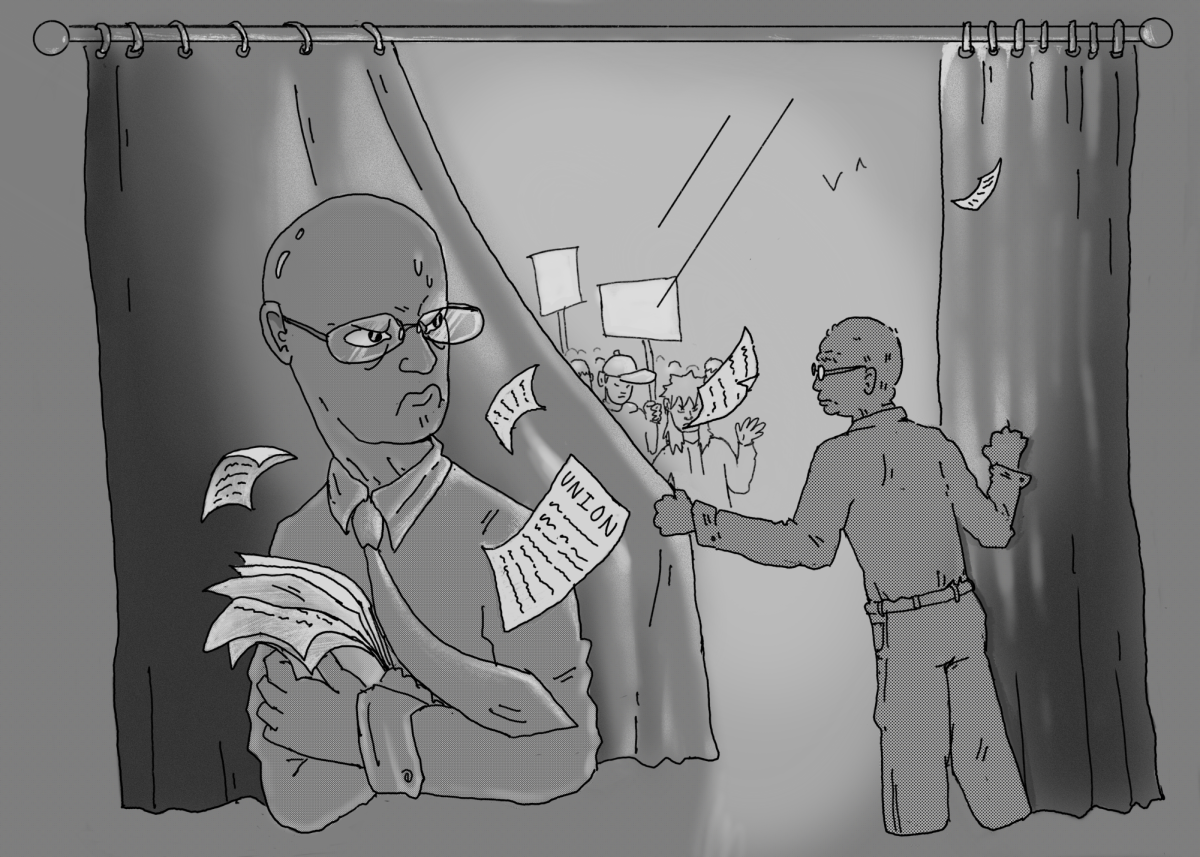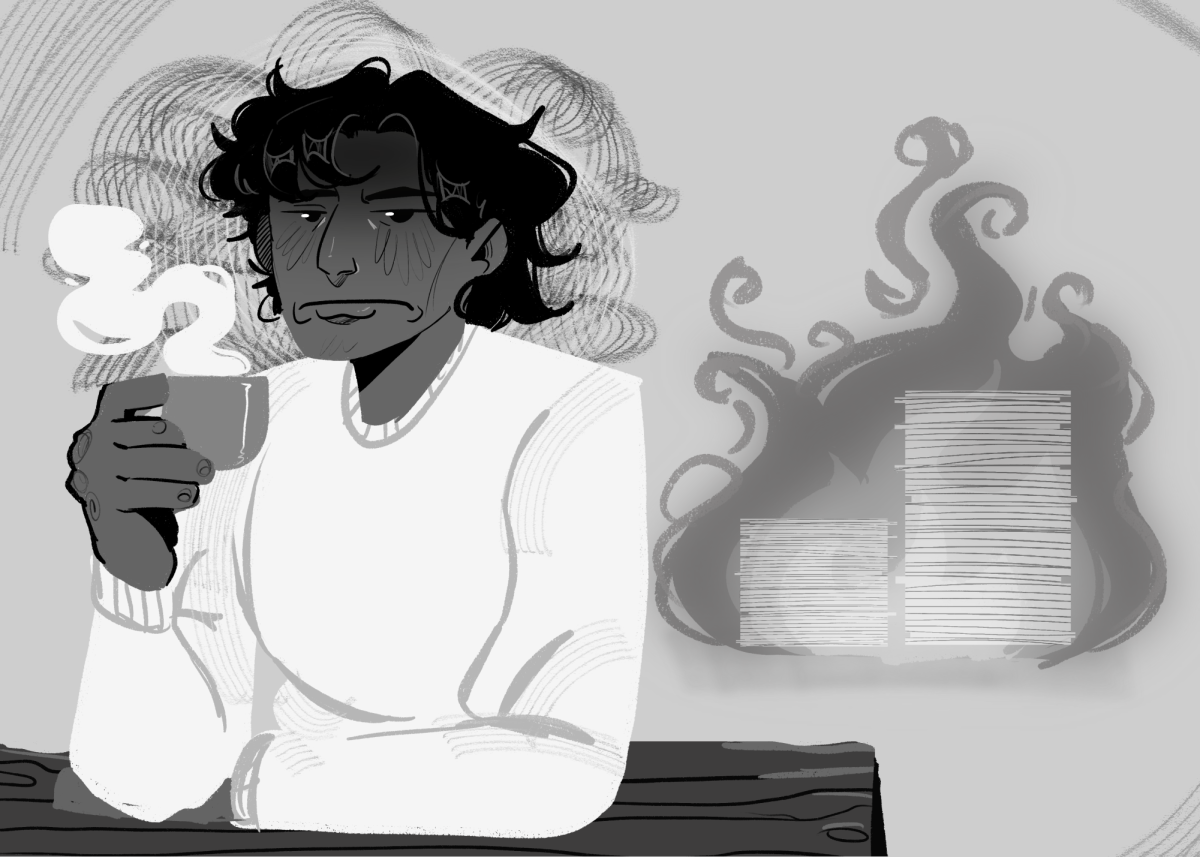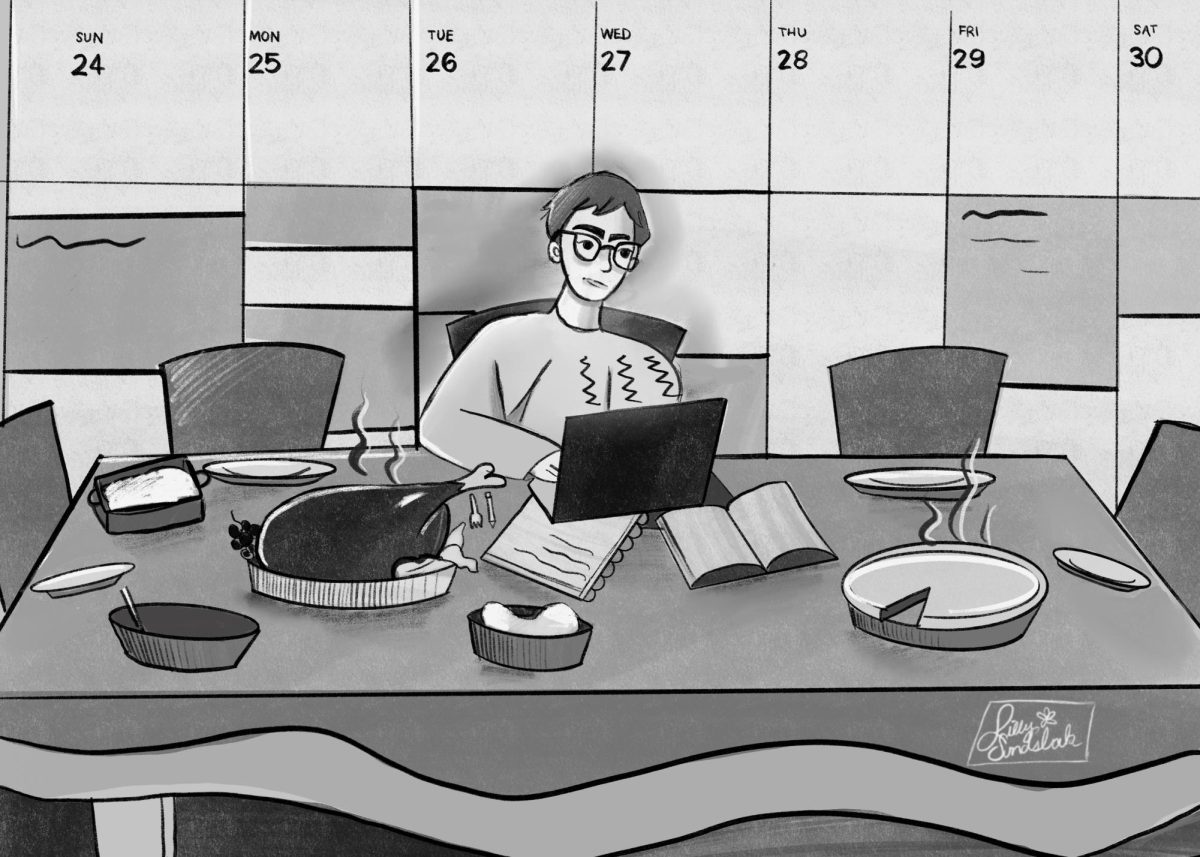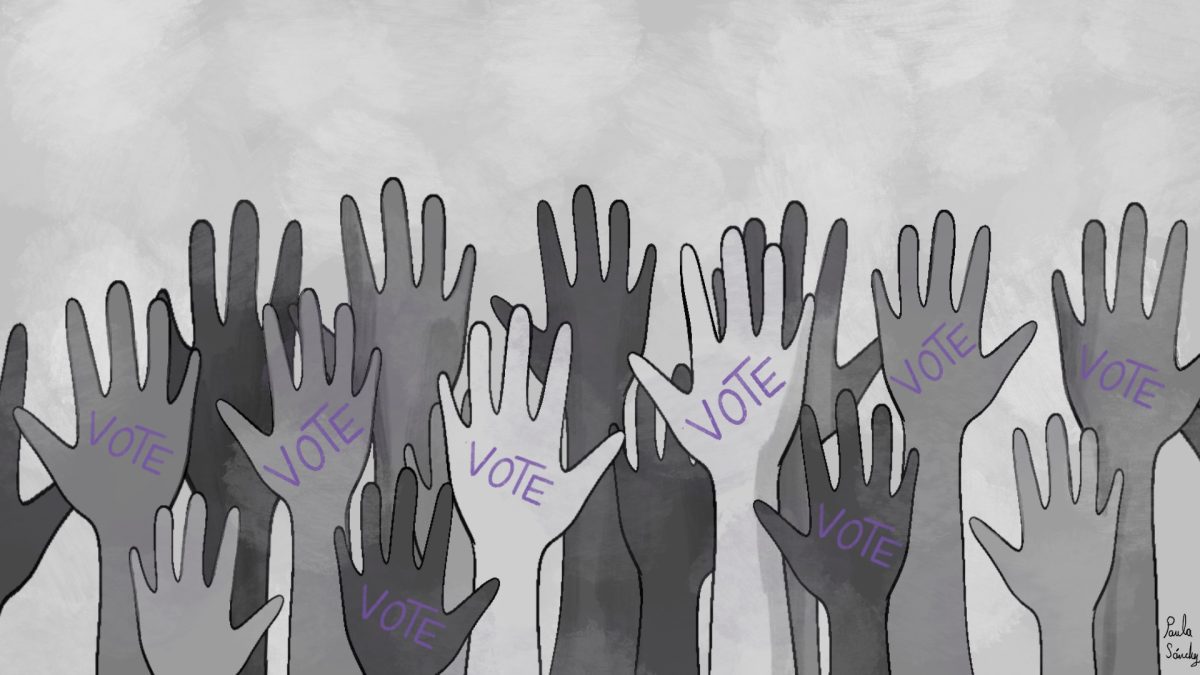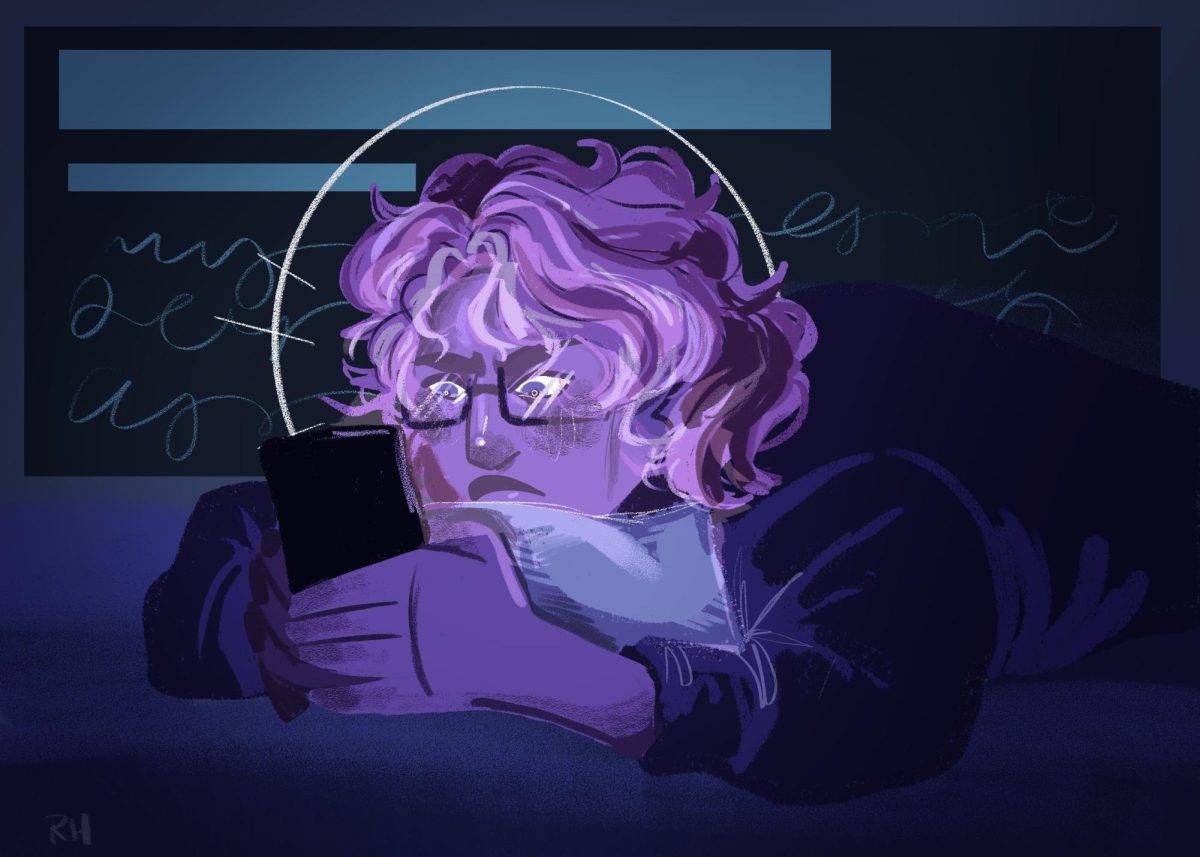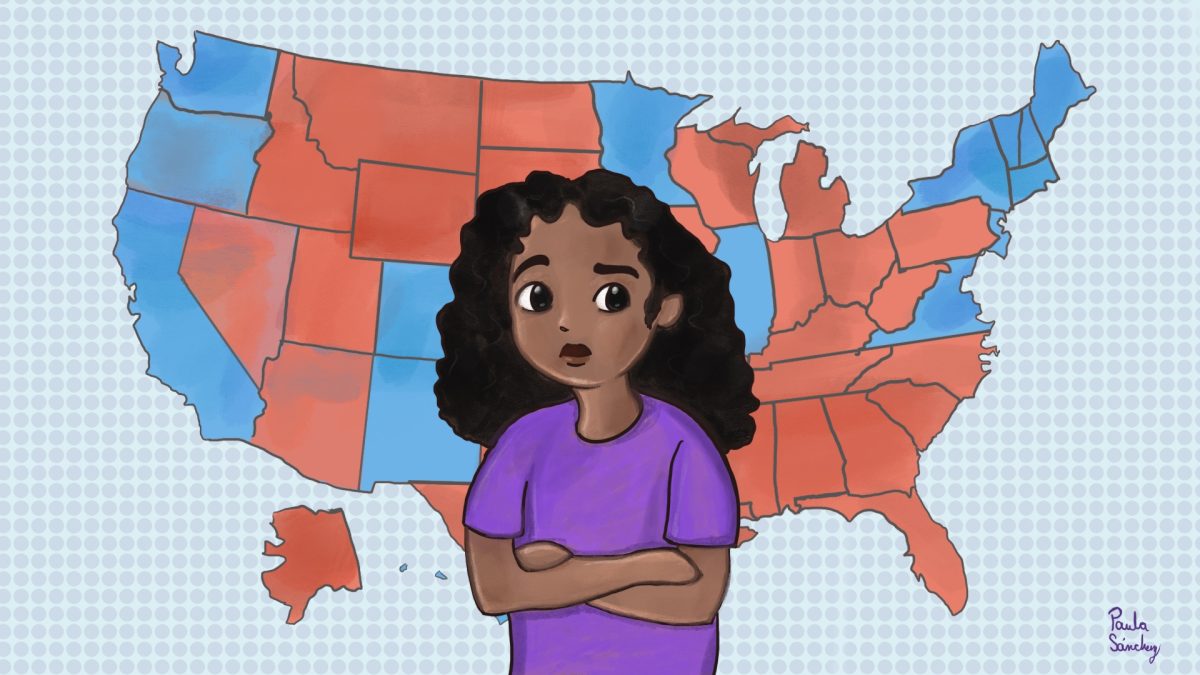Six weeks into the strike, the administration and the union have agreed to federal mediation.
There have been disputes from both sides of when and how they went about agreeing to a federal mediator.
While it is good to hear that things will once again be moving toward a resolution, the administration should have taken the steps to be more upfront with any new policies on course offerings and class sizes.
The administration appeared to keep info away from the union and faculty if they weren’t obligated to share.
In the faculty retreats back in August, administration hinted to full-time faculty of future changes but weren’t specific enough. Provost Marcella David said faculty and students would be at the table. As we reported in October, they cut art facilities before bringing students to the “table.”
Even if this was a strategic move at the time, it has backfired immensely. The administration should have been clearer and more upfront with everyone.
The union wanted a say in the early decisions the administration made to decrease the college’s financial deficit. If that wasn’t possible at the time, the administration still could have created an open dialogue with the union about future plans over class sizes.
Students already had doubts and mistrusts about the administration after staff cuts that began over the summer. Students’ solidarity with their part-time instructors came as a result of the trust they had built with them in the weeks and even years before the strike.
Students have been most negatively affected by the strike and have been left with uncertainty as they close out the semester.
All of this could have been avoided, but it is not too late to turn this around. If the administration wants to recover from this, they will have to be more communicative with the union, faculty and students.
Going forward, there should be more intensive utilization of representatives from all these groups. A town hall format could be useful in helping organize these different voices.
The town halls this semester have been at times productive, showcasing how the line of communication between students and the administration can be more direct.
We hope this will continue in the future and greater lines of communication will be open.
It is imperative that administration includes and promotes voices from faculty and staff in future decisions. An open forum or at the very least a line of communication with the administration.
While the administration believes it is doing what’s best financially, they have to be aware that Columbia was built on community. As many of our Letters to Editors and Op-Eds have demonstrated, Columbia has been and always will be driven by its community.
Administration will have to be open to the whole Columbia community if they want to avoid future conflict.


